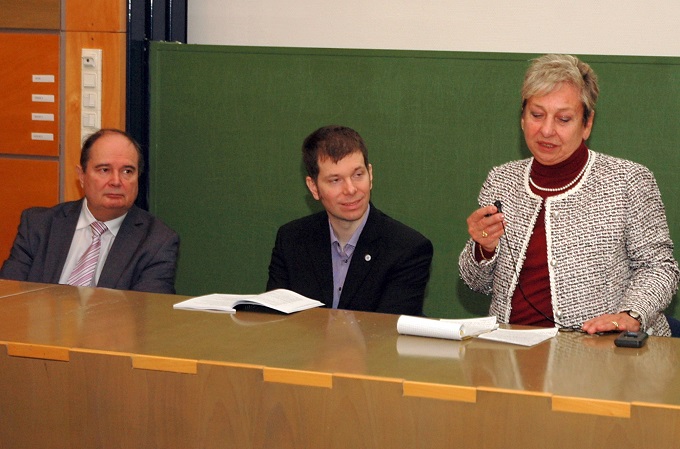News feed
As full-fledged member of the community of European space researchers
2017. 02. 24.BME hosted the prestigious H-SPACE international conference for the third time in a row welcoming some 30 speakers, including high ranking representatives of the European Space Agency.
"We are proud to organize, together with the Hungarian Astronautical Society, this prestigious event for the third time", emphasized rector János Józsa in his welcoming speech at the opening of the H-Space-2017 conference. He reminded the audience that modern space research had been established by science giants like Tódor Kármán, founder of the Jet Propulsion Laboratory, Ferenc Pavlics, one of the developers of the lunar roving vehicle, Antal Bejczy, who took part in developing the Mars rover, or Zoltán Bay, whose Moon radar experiment was groundbreaking for radio astronomers. The University of Technology has been part of several successful space projects, notably satellite programs, over the past 40 years, the key role in this area having been assumed by the BME Space Research group active from the 1960s.
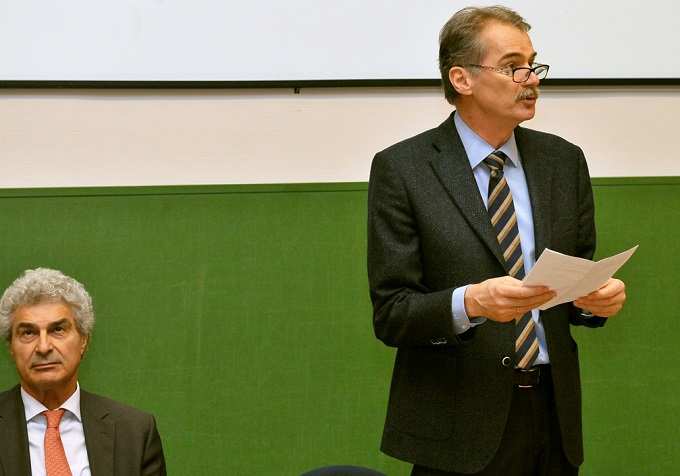
The rector noted that teaching the scientific basis for space activity was an integral part of the university’s curriculum. He said it was encouraging to see an ever increasing number of students choose courses from the field of space research. The greatest success of their work was the satellite MASAT-1 launched five years ago.
Fruzsina Tari, head of the Hungarian Space Office (Ministry of National Development) stressed in her speech that junior and senior researchers alike were needed to take full advantage of the opportunities offered by Hungary’s ESA membership.
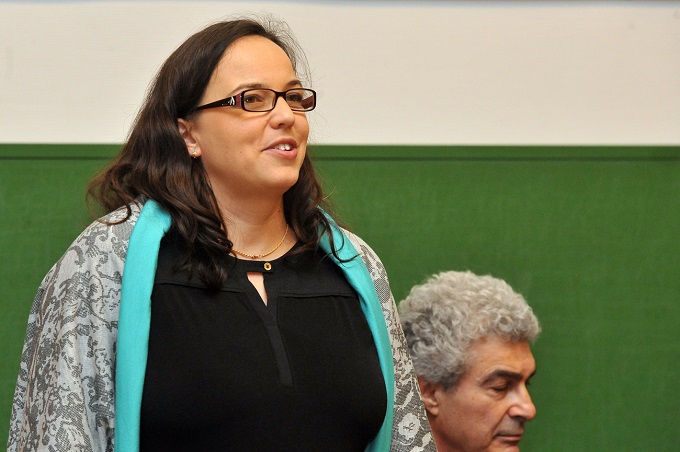
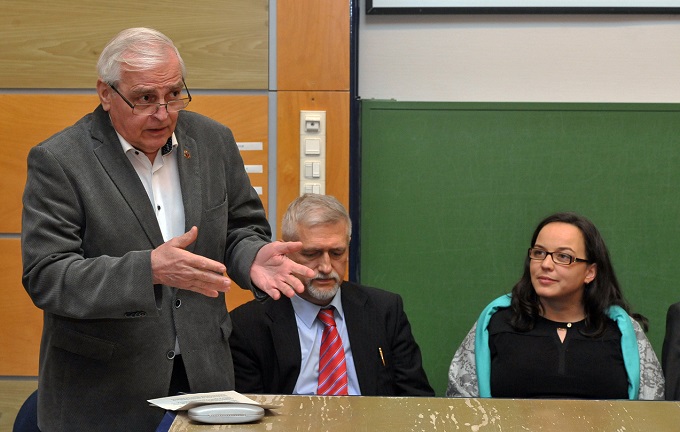
On behalf of the Scientific Council on Space Research chairman László Pap, on behalf of the Hungarian Astronautical Society chairman János Solymosi, and on behalf of the organizers Kálmán Kovács, director of BME EIT welcomed the attendees. "Last year marked a milestone in Hungarian space research: by having joined ESA, Hungary became a fully fledged member of the community of European space researchers. Life will not stop after the H-Space-2017 conference, we are looking forward to welcoming another renowned guest to BME, Johann-Dietrich Wörner, director general of ESA", Kálmán Kovács revealed to bme.hu.
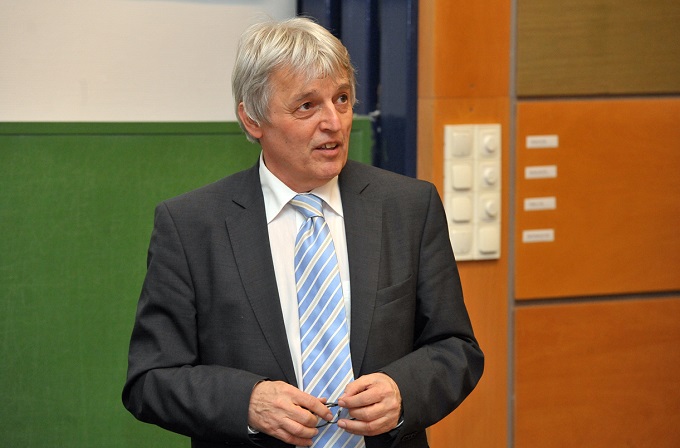
Space technology has become part of everyday life in modern societies, emphasized Amnon Ginati, ESA's Senior Advisor to the Directorate of Telecommunications and Integrated Applications. The title of his keynote presentation was "Space Eco-System Investment: Shaping the Future of the Space Economy". The ESA officer noted that the development of complex systems, and the above mentioned investments into the "space eco-system" would greatly influence the future of space economy, too. "Together with these there is a plethora of potential opportunities to be exploited: the applications that are promising in terms of market success might receive funding from ESA tenders, and might also appeal to the ever growing number of investors", he added..
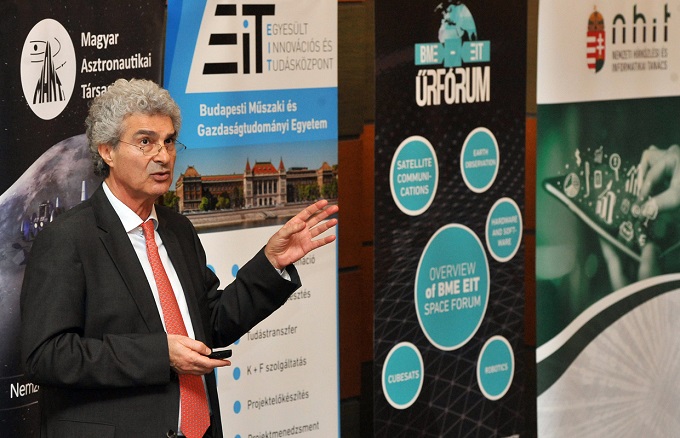
|
The topic of this year’s conference was "Integrated space systems, missions and concepts", but the speakers did touch upon the highlights of the previous events, for example the application of small satellites, intelligent services to observe the earth, or in Smart Cities. The popularity of the event was shown by the increasing number of foreign speakers. Representatives of the United States, Italy, and India were also present this year. As tradition has it, first the researchers took the floor at the conference. Alongside the results of the University of Technology, those of the institutes of the Academy of Sciences were presented. András Balázs, researcher at the Wigner Research Center for Physics of the Academy of Sciences spoke about the Philae lander of the Rosetta comet spacecraft, and the considerable Hungarian contribution to its development. In the technology section Pál Bárczy introduced the latest research results in space materials science on behalf of one of Hungary’s biggest industrial players, Admatis Plc. The company has received support from the Horizon 2020 Program of the European Union: the multi-actor, 3-year international project called ICARUS might mark a new era in the development of metal alloys for space equipment. Chemists were new to the conference. Ferenc Darvas, one of the most eminent experts in flow chemistry gave a speech about this increasingly significant field on behalf of ThalesNano. This branch of chemistry studies chemical processes in space where - in the absence of gravity - they take place differently than they do on the earth, and thus require new approaches. When planning, for example, a Mars expedition it is crucial that no food and medicines should be taken from the earth. The products should be manufactured in the spacecraft, or under the completely different gravity of the Mars from the most important medicinal active ingredients. Lluc Diaz, representative of ESA’s Technology Transfer Office put forward the office’s efforts to facilitate the use of space technology in other areas. He also spoke about the recently established 16th European technology transfer office of ESA set up in the Wigner Research Center for Physics, and the European network of business incubators. The second day of the conference was opened by László Jakab, dean of BME VIK, László Bacsárdi, secretary-general of co-organizer Hungarian Astronautical Society, and Marisa Michelini, chairwoman of the International Research Group on Physics Teaching (Groupe International de Recherche sur l'Enseignement de la Physique, GIREP).
The third section of the conference was – as the tradition goes – devoted to education and awareness raising. The lecturers spoke about academic and non-academic education, and domestic and international practices in Hungarian and English. Daniele Buongiorno, a fellow researcher of Marisa Michelini’s gave an outline of the challenges of teaching optical spectroscopy at high schools and at universities. The SpacePaprika Workshop with the participation of 50 Hungarian youth was organized alongside the conference. The event was a collaboration between the Hungarian Astronautical Society (MANT), the international Space Generation Advisory Council (SGAC) under the auspices of the UN, BME, and the Scientific Association for Infocommunications. The participants of last year’s Space Academy organized by MANT and SGAC developed a Hungarian experiment for the International Space Station involving paprika growing. The workshop offered an opportunity for those interested to further develop the concept. |
HA - TJ
Photo: János Philip János, Ildikó Takács

